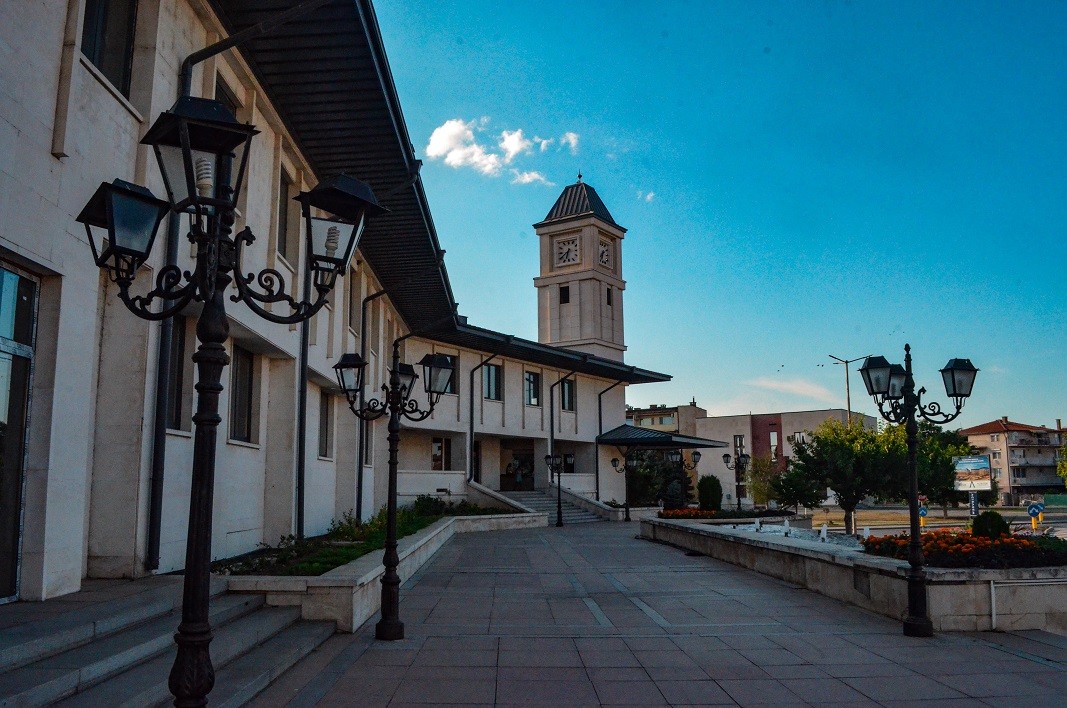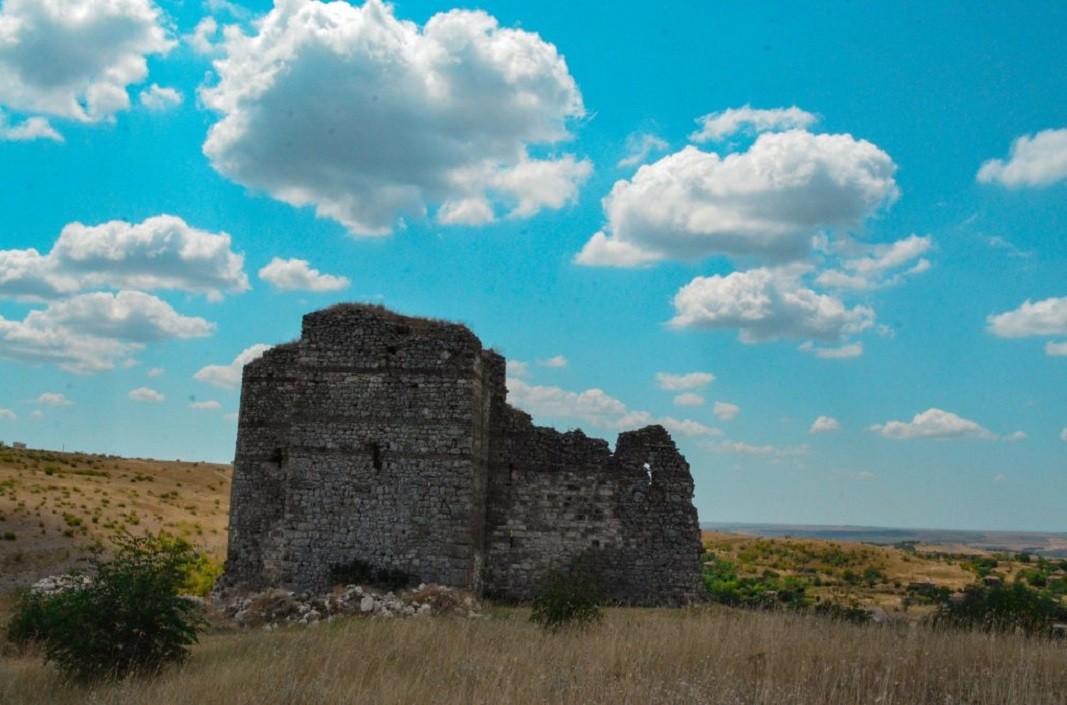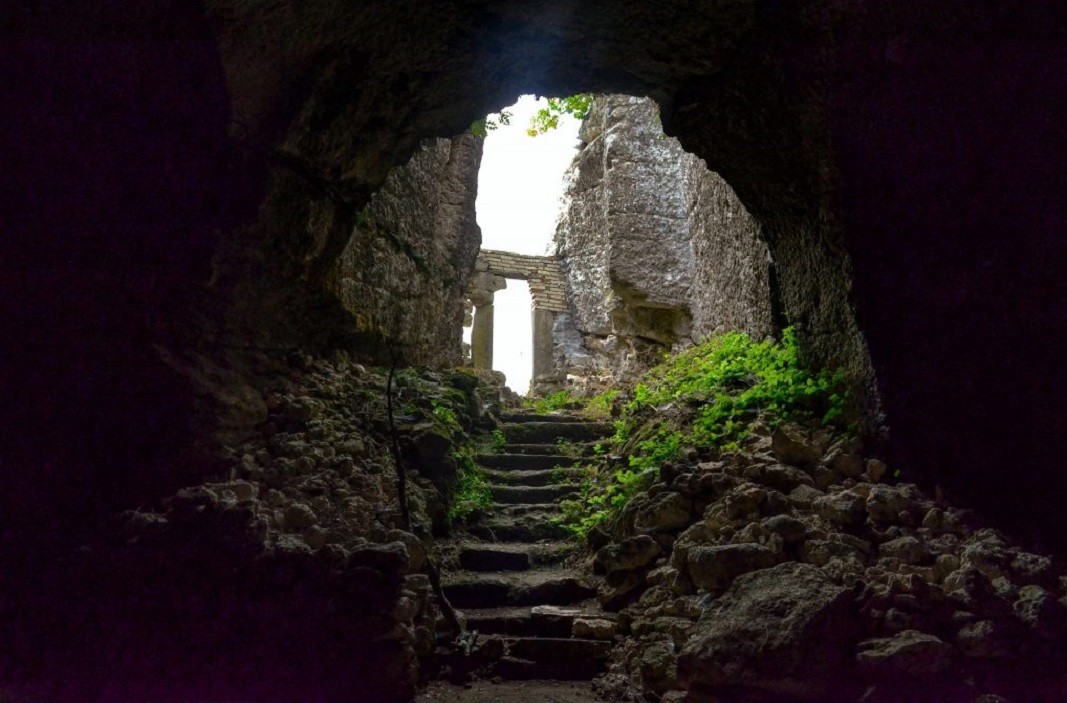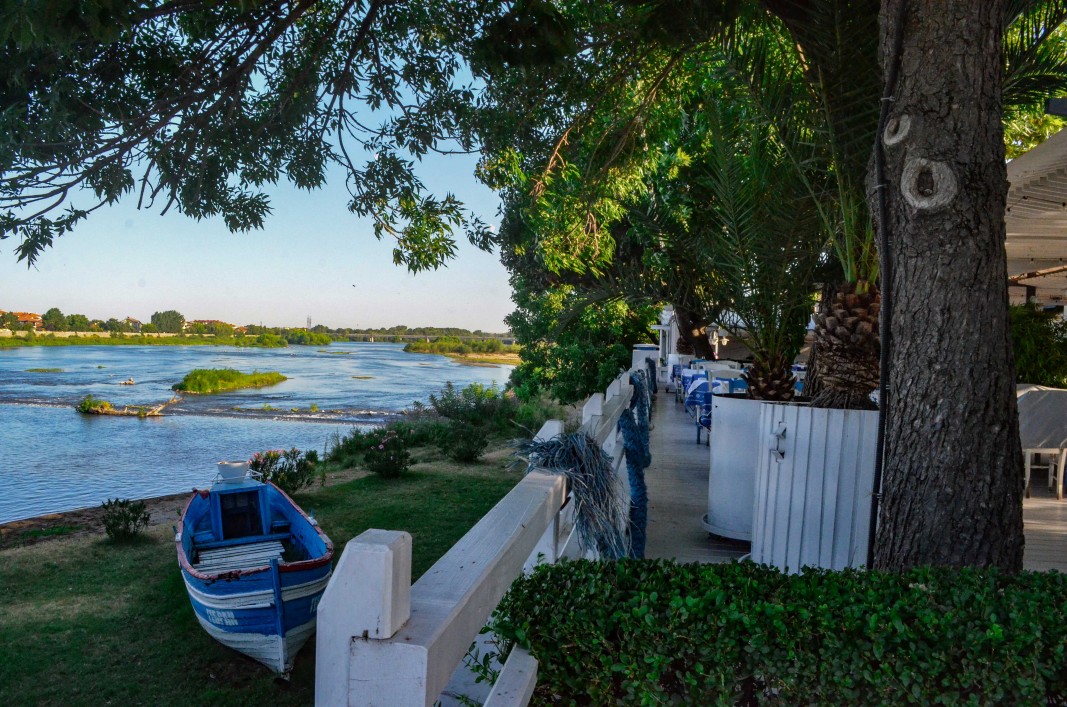 4
4
The town of Svilengrad is on the border with Turkey and the busiest border checkpoint with Bulgaria’s southern neighbor is situated here. In the recent past the town used to be known as the Bulgarian Las Vegas because of the big number of casinos and gaming halls, visited mostly by guests from Turkey. Now the Covid-19 epidemic has changed the situation. At the moment, gambling establishments, luxury hotels and restaurants are empty. It is unusually quiet in Svilengrad. But the interest of visitors is now directed to cultural routes and following in the footsteps of history. And in this respect Svilengrad is a "gold mine" for the curious traveler.

Director of the local history museum Elena Miteva tells us that literally translated, the name of Svilengrad means “City of Silk”. In 1932, 25% of Bulgaria's silk was produced here. This industry has long since died out in Svilengrad, but its development can be traced in the local history museum.
"If people want to have walks in nature, they can visit the medieval Neutzikon fortress near the village of Mezek. It dates back to the 11th-12th century and the time of Byzantine emperor Alexius I Komnenos, but the Thracian tribe of Odrysians also lived here,” Elena Miteva says. “In front of the fortress tourists can take part in reenactments and historical games. But perhaps even more interesting is the Thracian domed tomb from the 4th-3rd century BC, also located near the village. It has an almost 21-meter-long dromos /corridor/. Inside tourists can see holograms of the artifacts found in it.
I also recommend visiting the ancient and medieval fortress of Bukelon in the village of Matochina, which played an important role in Bulgarian history.

Here, on April 14, 1205, Bulgarian Tsar Kaloyan defeated the Latin army, led by Emperor Baldwin I, who was captured and taken to Tarnovgrad. The view from these hills in the direction of today's Turkey and the city of Edirne is very beautiful.
In the villages of Matochina and Mihalich tourists can see two rock churches dating back to the 9th-10th century. The church near Mihalich is unique. It is cross-domed, carved deep into the rock. Unfortunately, these villages are difficult to access due to the bad road to them. However, tourists still visit them and remain fascinated.”

And what can we say about the beautiful nature? About 80% of the territory of the municipality is part of the European network of protected areas "Natura 2000". The hills of Sakar Mountain reveal their beauty and are home to an incredible variety of birds.
And before you leave, do not forget to walk on the old stone bridge of Svilengrad, connecting the two banks of the Maritsa River. It was built in 1529 as part of a complex, including a caravanserai (inn), a mosque, a bazaar and a hammam.

See more about some of the emblematic landmarks near Svilengrad in the short video. The film has Bulgarian subtitles, which can be translated automatically using the settings at the bottom right of the screen.
English: Alexander Markov
For the second year, a series of bilateral business meetings in a “roadshow” took place in Germany, 11-14 November, between German and Bulgarian representatives of the tourist industry for promoting Bulgaria, the Bulgarian embassy in Berlin has..
Veliko Tarnovo is the town with the biggest number of cultural and historical landmarks in Bulgaria. Every Bulgarian feels a sense of pride upon setting foot in the medieval Bulgarian capital while foreigners are fascinated by its architecture,..
Bansko has been recognized as one of the most desired destinations during the World Travel Market London. The resort town has entered the top 10 of Lonely Planet’s ranking "Best in Travel 2025". "This is another well-deserved recognition for our..

+359 2 9336 661
